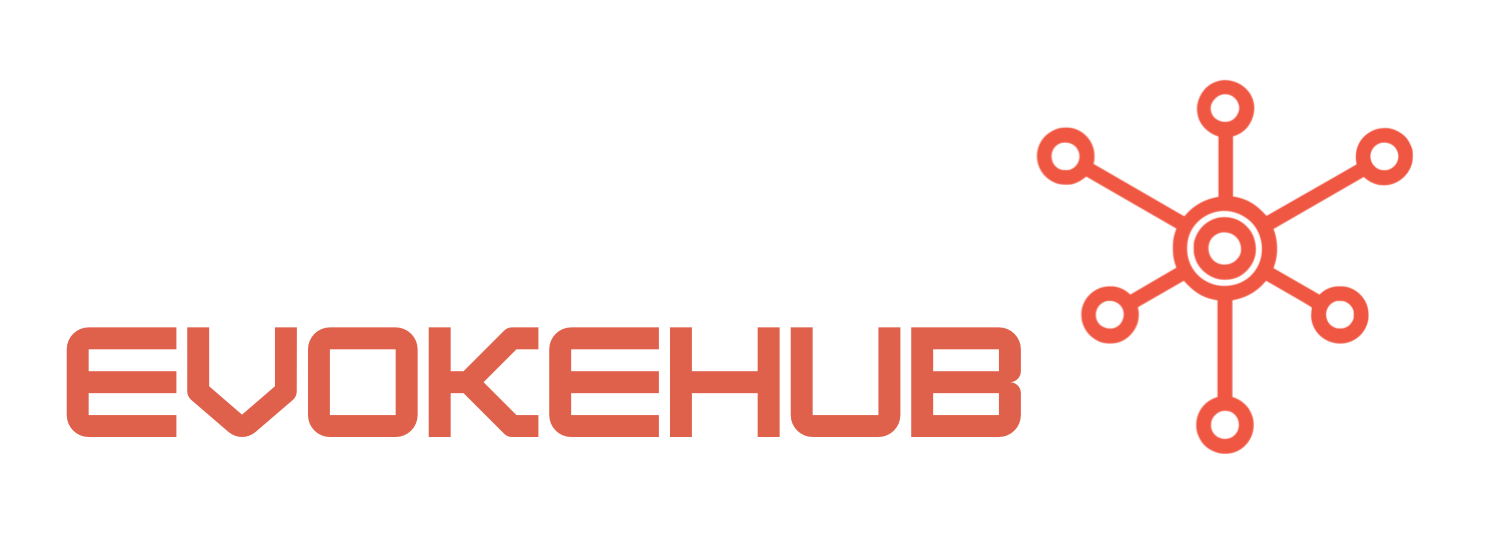Enhancing Security: The Importance of Managed Identity Solutions
Managed Identity Solutions serve as a crucial layer of protection against unauthorized access and data breaches in cloud environments. By providing unique digital identities to users, applications, and services, these solutions minimize the risk of identity theft and fraudulent activities. According to Microsoft’s Identity Security, organizations using Managed Identities can ensure that only authenticated users have access to sensitive resources. This not only fortifies the organization’s security posture but also meets compliance requirements set forth by regulations such as GDPR and HIPAA.
The deployment of Managed Identity Solutions also enhances security through features such as automated credential management and role-based access controls. Automated credential management eliminates the need for hard-coded credentials, reducing the risk of leaks and exposures. Role-based access controls ensure that users only have access to resources necessary for their specific roles, thereby limiting the attack surface. As Gartner predicts, effective identity and access management can lead to a decrease in security incidents, making it a vital investment for any organization.
In addition to improving security, Managed Identity Solutions also foster a culture of accountability within organizations. By maintaining comprehensive logs of access activities and changes, businesses can easily audit who accessed what information and when. This transparency not only aids in incident response but also builds trust with stakeholders and customers, as they can be assured that their data is handled with the utmost care and compliance.
Optimizing Cloud Access: Strategies for Effective Implementation
To make the most of Managed Identity Solutions, organizations need to develop a comprehensive implementation strategy. One effective approach is to conduct a thorough assessment of existing identity and access management practices. Evaluating current workflows, user roles, and access requirements allows organizations to identify gaps and tailor the Managed Identity Solution to their specific needs. Utilizing tools such as Azure Active Directory can provide a robust framework for identity management that seamlessly integrates with existing cloud services.
Another key strategy is to prioritize user training and awareness. Employees are often the weakest link in any security framework; therefore, organizations must ensure that their staff understand how to utilize Managed Identity Solutions effectively. Conducting regular training sessions on best practices for password management, phishing awareness, and the importance of multi-factor authentication (MFA) can significantly reduce the likelihood of security breaches. Resources available from Cybersecurity & Infrastructure Security Agency (CISA) can enhance training initiatives and keep staff informed about emerging threats.
Finally, continuous monitoring and optimization of the Managed Identity Solutions are essential for long-term success. Organizations should implement analytics tools to track access patterns and anomalies, allowing them to respond quickly to potential threats. Regularly reviewing role assignments and access rights can also help maintain a principle of least privilege, ensuring that users have only the access they need. This proactive approach not only enhances security but also ensures that the organization remains agile in a rapidly evolving cloud landscape.
In conclusion, Managed Identity Solutions represent a powerful ally in the fight against unauthorized access and cyber threats in cloud environments. By enhancing security, fostering accountability, and enabling compliance, these solutions play a crucial role in modern identity management. Implementing them effectively requires a tailored strategy that encompasses assessment, training, and continuous optimization. As organizations navigate the complexities of cloud access control, investing time and resources into Managed Identity Solutions will undoubtedly yield long-term benefits in security and operational efficiency.




